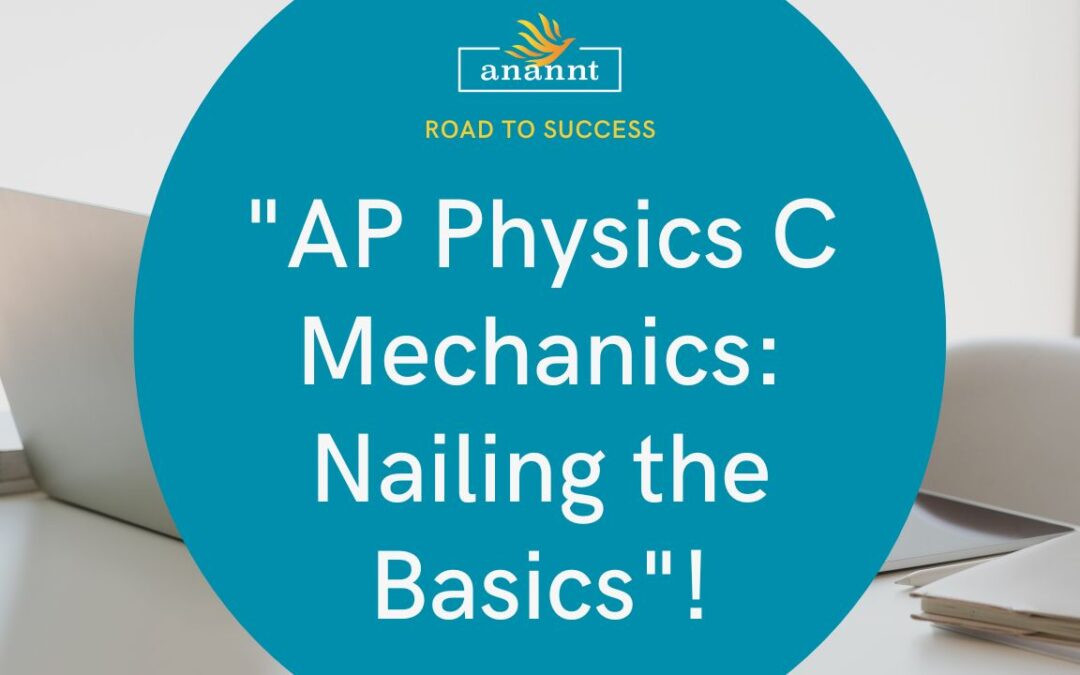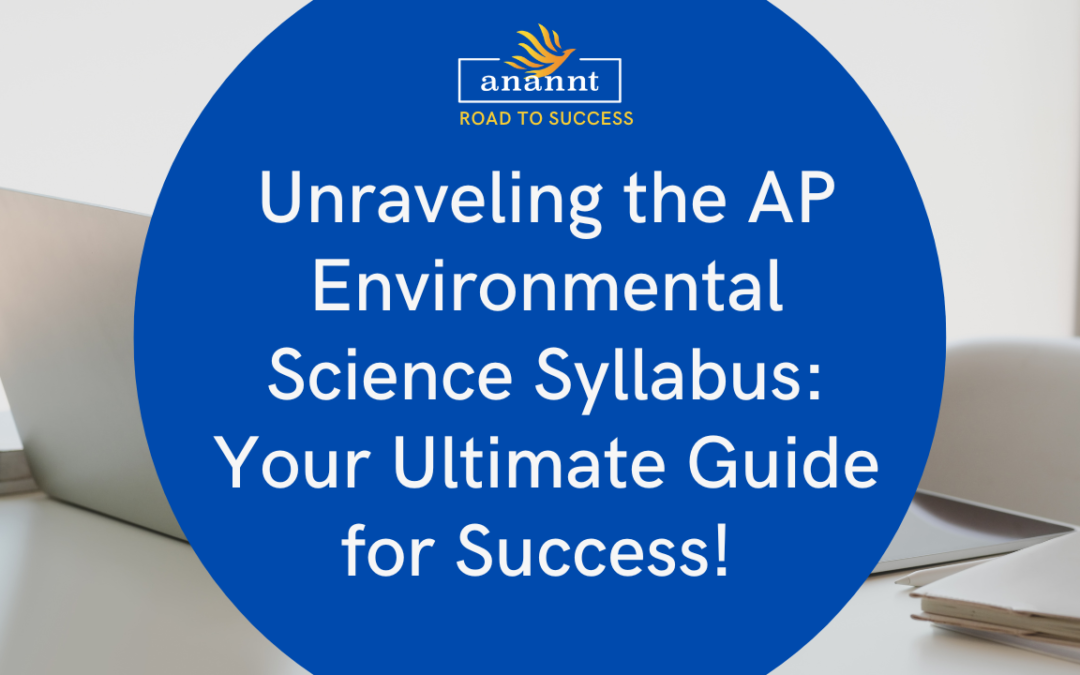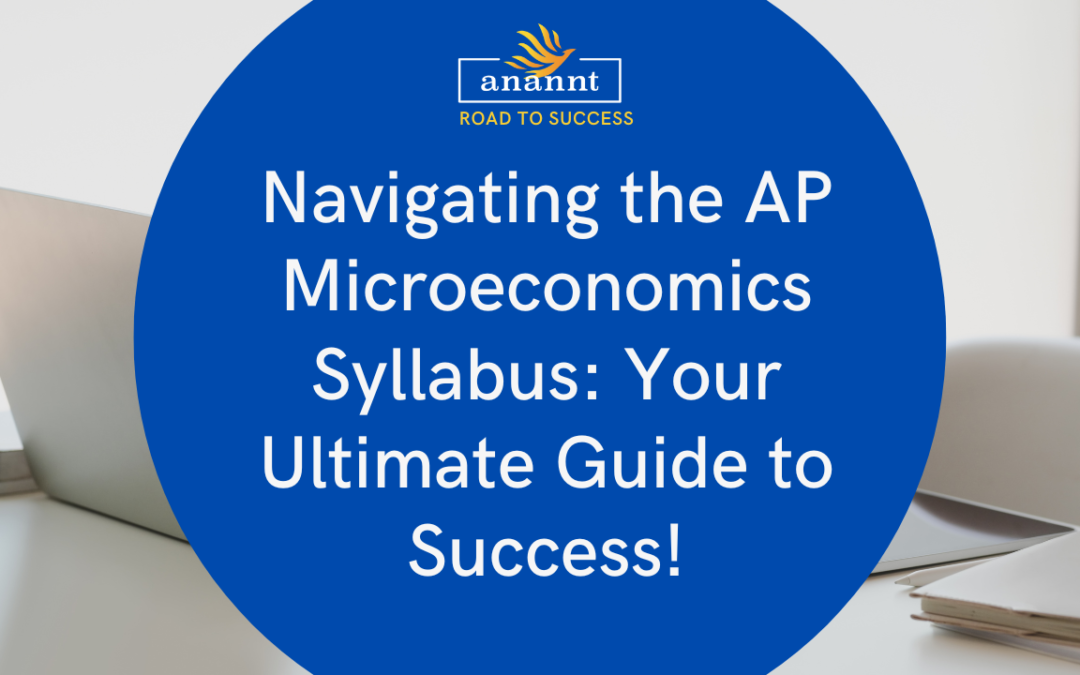


Charging Towards Success: The Essential Guide to AP Physics C: Electricity and Magnetism!
Welcome to our guide on AP Physics C: Electricity and Magnetism! This course is an exciting adventure into how electricity and magnetism work.
Getting Started
This course explores the magic behind electric and magnetic forces.
What You’ll Learn
Electrostatics:
- First, we look at electric charges and how they create electric fields.
- Then, we learn about electric potential, which is a bit like electric height.
Conductors and Capacitors:
- Next, we find out how conductors can hold electric charges without going anywhere.
- We also see how capacitors store electric energy, like batteries.
Circuits:
- We’ll check out how electric circuits work, like the ones in your home.
Magnetic Fields:
- Then, we explore magnetic fields, which are invisible but powerful.
Electromagnetism:
- Finally, we discover how electricity and magnetism are connected, making things like motors work.
Doing Experiments
Labs let you see and do what we’re learning about. It makes everything clearer.
The Exam
The AP exam tests what you know and how well you solve problems. It has two parts: one with short questions and another with longer problems.
Tips for Success
- Really understand the ideas: It’s not about memorizing; it’s about understanding.
- Practice a lot: Solving problems helps you get better.
- Use your math skills: Math, especially calculus, is a big help.
- Be curious: Always ask questions to understand deeper.
Help Along the Way
We have lots of resources, like simulations and guides in AP Physics C, to help you out.
Wrapping Up
This course can be tough, but it’s also very rewarding. With effort, you can do great!
For a more in-depth exploration of our offerings, please visit our website and feel free to connect with us directly via WhatsApp for any queries or further information.

Unraveling the AP Environmental Science Syllabus: Your Ultimate Guide for Success!
What’s AP Environmental Science All About?
In simple terms, AP Environmental Science (or APES) teaches us how the natural world works and how we can take care of it. It’s a mix of science subjects like biology and chemistry, and it looks at big challenges our planet faces. It’s perfect for those who love nature and want to make a difference.
Let’s Break Down the Syllabus
Exploring Ecosystems
First off, we’ll look at ecosystems—how plants, animals, and everything else work together.
- Remember: We’ll talk about how living (biotic) and non-living (abiotic) things interact, and what that means for the environment.
The Importance of Biodiversity
Next up, it’s all about biodiversity. We’ll see why having lots of different plants and animals is key to a healthy planet.
- Remember: More variety means a stronger, more resilient world.
Understanding Populations
Then, we learn about populations. This includes animals, plants, and humans, and how their numbers go up or down.
- Remember: It’s all about balance and how too many or too few can cause problems.
Our Earth and Its Resources
After that, we dive into the Earth itself—the land, air, and water—and the resources we use.
- Remember: We’ll talk about what’s renewable (like wind or solar energy) and what’s not (like oil).
Using Land and Water Wisely
Moving on, we’ll discuss how to use land and water without harming them. This means farming, building cities, and fishing in ways that keep the Earth healthy.
- Remember: Smart choices now mean a better future.
Energy: Use and Conservation
Also, energy is a big topic. We’ll look at where it comes from, how we use it, and how to save it.
- Remember: Not all energy is created equal. Some are cleaner and better for the planet.
Pollution: Causes and Solutions
Next, we tackle pollution—where it comes from, how it affects us, and how to deal with it.
- Remember: Less pollution means a healthier life for everyone.
Global Challenges
Finally, we face big global issues like climate change. We’ll learn what causes these problems and how we can help solve them.
- Remember: Every little bit helps in fighting big challenges.
How to Ace AP Environmental Science
To do well, try to really understand the ideas, not just memorize facts. Practice with old exam questions, keep up with environmental news, and study with friends. It’s all about getting to know our planet better and finding ways to take care of it.
Remember, AP Environmental Science is more than a class—it’s about joining a community that cares for the Earth. With this guide, you’re on your way to making a difference. Stay curious and motivated, and let’s work together for a greener world.
For a more in-depth exploration of our offerings, please visit our website Anannt Education and feel free to connect with us directly via WhatsApp for any queries or further information.

Ace the AP Macroeconomics Exam: A Step-by-Step Breakdown of the Syllabus!
Welcome to AP Macroeconomics!
Hey there, future economy whizzes! Ready to dive into the world of AP Macroeconomics? Whether you’re aiming for a perfect score or just trying to get through the exam, this guide is for you. And hey, parents, you’re welcome too! Let’s make sense of those big economic ideas together.
What’s AP Macroeconomics Anyway?
Think of AP Macroeconomics as the big picture of how the world’s economies work. It’s not just about supply and demand curves; it’s about figuring out what makes economies grow, why prices change, and how governments try to keep everything running smoothly. It’s fascinating stuff!
Let’s Break It Down: The Syllabus
1. The Basics: Making Choices
- What’s It About? Learning how we make choices when we can’t have everything we want (thanks to scarcity), and how countries trade to get the best out of what they’ve got.
- Fun Fact: It’s like deciding whether to spend your allowance on a new game or save it for a concert. Tough choices, right?
2. Keeping Score: How’s the Economy Doing?
- What’s It About? Understanding how we measure the economy’s health with things like GDP (how much stuff we make and sell) and unemployment rates.
- Quick Tip: Just like checking your game scores, but for the economy!
3. Money Talks: Income and Prices
- What’s It About? Figuring out what affects stuff’s prices and how much money everyone is making.
- Dinner Table Talk: Chat about why things seem more expensive than they used to be.
4. Banks and Bucks: The Financial Sector
- What’s It About? Learning how banks work, what the Federal Reserve does, and how money is created.
- Visual Aid: Draw a simple chart showing how when the Fed makes decisions, it’s like turning the economy’s volume up or down.
5. Long-Term Planning: Policies
- What’s It About? Understanding how governments use different tools (like spending money or changing interest rates) to keep the economy stable.
- Debate Idea: Which is better – for the government to spend more money or for it to cut taxes?
6. The World Stage: International Trade
- What’s It About? Getting why countries trade, how exchange rates work, and what all this means for you.
- Experiment: Follow a currency (like the dollar or euro) for a week and see what makes it go up or down.
Tips for Victory
- Mix It Up: Use books, videos, podcasts, and blogs (like this one!) to study. It keeps things interesting.
- Practice Makes Perfect: Old exams are gold. They show you what to expect.
- Join Forces: Study groups can help you see things in a new way. Plus, they make studying more fun.
In Conclusion
Getting a grip on AP Macroeconomics means understanding the big economic questions of our time. Keep exploring, asking questions, and discussing with friends and family. You’ve got this!
For a more in-depth exploration of our offerings, please visit our website Anannt Education and feel free to connect with us directly via WhatsApp for any queries or further information.

Navigating the AP Microeconomics Syllabus: Your Ultimate Guide to Success!
Feeling a bit lost in AP Microeconomics? Don’t worry! You’ve come to the right place. Whether you’re shooting for the stars on the exam or helping your child do their best, this guide is here for you. Let’s break down microeconomics into easy steps.
Getting to Know AP Microeconomics
The Basics
AP Microeconomics is all about understanding why people and companies make the choices they do about buying, selling, and making stuff. It’s like figuring out the reasons behind everyday decisions.
Real-Life Connections
This course also helps us see how the economic ideas we learn about affect our daily life. It’s about connecting the dots between what we study and what happens in the world around us.
Simplifying the Syllabus
Starting Simple
First up, we talk about why we can’t have everything we want and have to make choices. Then, we look at cool charts that show us how economies work. We also learn why trading with others can be a good thing.
Supply and Demand: The Basics
Next, we dive into what makes prices go up or down and how that affects what we buy or sell. We also see what happens when supply and demand balance out and when they don’t.
Digging Deeper into How Markets Work
Here, we explore how businesses figure out what to make and how much it costs them. We compare different kinds of markets and see how the government tries to keep things fair.
Exploring Different Market Types
We also look at markets where there’s lots of competition and some where there isn’t. We see how businesses either compete or work together and when the government needs to step in.
The World of Work
We study how jobs and pay work, how we use resources like money and land, and how government rules can change the economy.
Solving Market Problems
Lastly, we tackle big challenges like pollution and public services. We learn how the government can help make things better for everyone.
Tips for the Exam
Smart Study Tips
Start with a good plan for studying. Doing practice exams is super important. Mixing up how you study can also make it more fun and helpful.
Finding Good Resources
Look for books, websites, and apps that can help you study. Using technology can make learning easier and more interesting.
Wrapping Up
And that’s it! We’ve made AP Microeconomics simpler to understand. Remember, this course is about getting how the economy touches our lives. Stay curious and enjoy learning
For a more in-depth exploration of our offerings, please visit our website Anannt Education and feel free to connect with us directly via WhatsApp for any queries or further information. .

Recent Comments